Knowing these 3 tips will help your kitchen hood stop making loud noise. Simple DIY improvements
Users of noisy kitchen hoods cannot be called happy. Sometimes they don’t know what to choose: put up with the smells of cooking food or listen to annoying sounds. The good news is that you can easily reduce the noise from your range hood with a little trick.
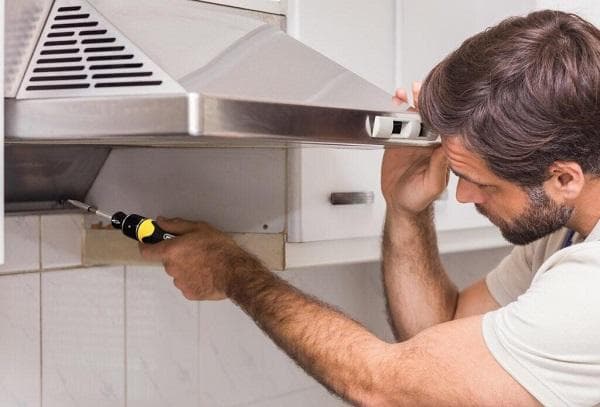
Why is the hood noisy?
Noise is a natural consequence of the operation of the hood. A fan spins inside and air moves through the duct. The more powerful the device, the higher the noise level. The technical passport indicates a specific figure in DB. Typically it corresponds to 45-55 dB. For comparison, this level of noise is produced by a boiling kettle, a running car engine, or a switched on air conditioner.
Some people are especially sensitive to sounds.
But it happens that the hood really makes too much noise. Then you should find out why this happens. Very often the reason turns out to be so trivial and easily removable that there is no need for any modification of the device.
Listen:
- Rattling indicates errors in the hood assembly. The housing may not be securely fastened enough or a bolt may not be screwed in completely.
- The vibrating sound occurs when the duct comes into contact with the walls of the furniture.
- The fan's hum may be a result of dirty blades or filters.
- The hum may come from the air duct if its cross-section is too small.The sound increases if the duct is too long, has multiple bends or defects (leaks). Then it turns into something like a wind instrument.
- A monotonous hum in the housing is heard when the engine is running.
Through the corrugated pipe, air movement and engine noise are heard more strongly than through a plastic air duct. But there may be gaps in the box at the fastening points. Check the seams for tightness and, if necessary, seal them with sealant.
How to reduce hood noise
Measures to reduce noise from the hood may take some time. Different situations require a different approach:
- If the hood is new, it is worth checking the strength of the fastening of the housing and the air duct, and inspect the joints. Parts should not wobble or rattle when shaken by hand. If this is observed, the fastenings are tightened.
- It is better to get rid of an air duct that is too thin, long and winding. Most likely, this will require moving the stove.
- If the hood is making noise relatively recently, it is quite possible that it is simply dirty. Cleaning the filter and fan blades will help reduce noise.
Insulating the air duct
If the air duct from the hood is long or consists of many elbows, the noise from it will be significant. There are several ways to correct the situation.
- Replace the air duct with a flexible sound-absorbing one. This type of air duct is very easy to install. It is fully stretched and attached to the ceiling. A section of galvanized air duct is installed at the point where it passes through the wall. Sealant is applied to the joints. The flexible air duct is placed on the pipes by at least 50 mm. Then it is fixed with aluminum tape and a clamp is installed.
- Wrap existing ductwork with sound-absorbing material. The easiest way is to use self-adhesive thick isolon (foamed polyethylene). The material adheres well to the plastic case. The metal corrugation can be wrapped and overlapped.
Many people don't like the look of insulated ductwork. Indeed, the plastic box looks better. The shiny surface is too conspicuous. But the pipe can always be hidden behind furniture or a plastic box of larger diameter.
If desired, such a box can be made independently from plastic panels or drywall. And if you line the air duct with stone wool wrapped in spunbond, the sound insulation will improve several times.
How to reduce the hood speed?
You can approach the problem from a different angle. If the hood power is excessive, you can reduce it. Also, this modification will be useful for those who have a powerful hood, but a weak air duct (small cross-section, long, with several elbows), and there is no opportunity to modify or insulate it.
The easiest way to reduce fan speed is to connect a dimmer to the hood.
Dimmers are electronic devices that regulate electrical power. For the hood you will need an AC voltage regulator 4000 W 220 V. The easiest way is to order one on Aliexpress. Its cost is 450-500 rubles.
The video shows in detail how to connect a dimmer to a hood:
In short, you need to do the following:
- Ring the wires in the connector: find the common one, and the wires corresponding to different speeds.
- Output the common wire and the first speed wire.
- Connect them to the dimmer at the input and output (two each).
- Attach the dimmer to the body.
- Carefully insulate everything.
Moving the electric fan into the ventilation duct
The powerful motor of the hood creates a lot of noise. In some cases, it is easier to remove it from the housing and install it directly near the duct entrance to the ventilation duct. This solution is suitable for apartments in which the ventilation duct is located in the pantry. Add to this a plasterboard ceiling with a soundproofing gasket, soundproofing of the air duct, and the sound of a running fan in the kitchen will be completely inaudible.
You can do something even more radical:
- Find your ventilation duct on the roof (by shining a flashlight from the apartment into it).
- Release the nylon cord. Tie a wire to it and pull it out onto the roof.
- Connect a powerful duct fan.
Questions and answers
Is it worth pursuing high extraction power?
Without carefully thought out ventilation of the entire apartment - no. Even if a powerful unit can be made relatively silent, it will not bring comfort. When air is strongly sucked in, odors are drawn out of the technological openings in the toilet. As a result, the kitchen is filled with the smell of sewage. Medium power hoods are much more efficient and convenient. They may not clean the air in the blink of an eye, but they are less noisy and do their job without surprises.
Are there completely silent hoods?
No. Completely silent hoods are a myth. “Silent” devices are those whose design involves noise suppression. For example, the body of such hoods is made of sound-absorbing materials, the fan is located at the maximum distance from the air intake, and acoustic traps are built into the air duct. Manufacturers' tricks can reduce noise by 85%.But at maximum speed, the operation of the hood is clearly audible (32-40 dB - the level of a calm conversation between two people).
In the modern world, it is difficult to imagine a kitchen without a hood. The installation of the unit is especially critical for studio apartments, as well as rooms without tightly closing doors. It `s naturally. No one wants to breathe in the aromas of cooked food for long hours until they escape through the ventilation ducts or an open window. What if something burns? No, you can’t do without a good hood.
If funds allow, it is better to immediately purchase a model with a low noise level. And install it correctly. An existing hood should first be checked for leaks, quality of fastening and contamination. And only then begin to modernize it.
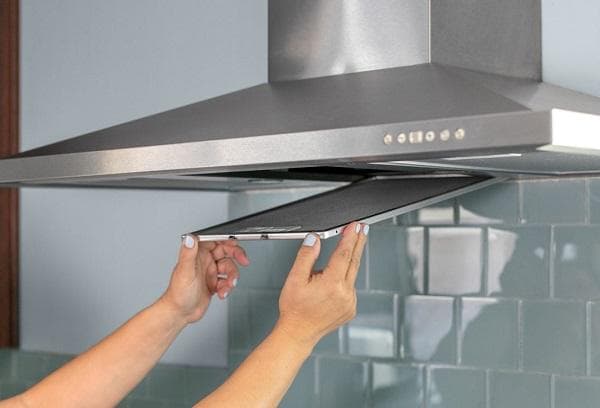
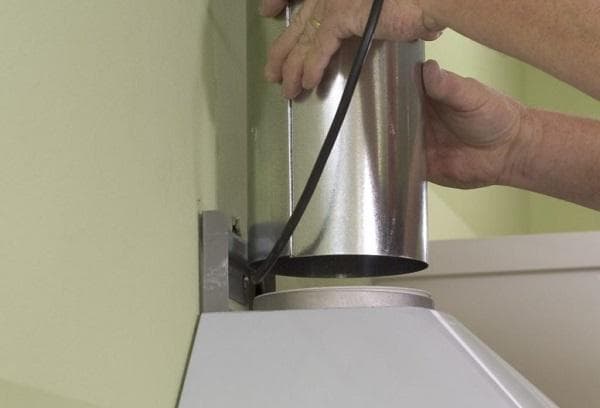
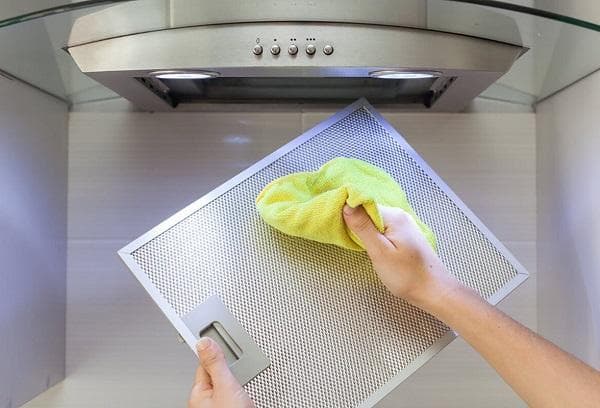
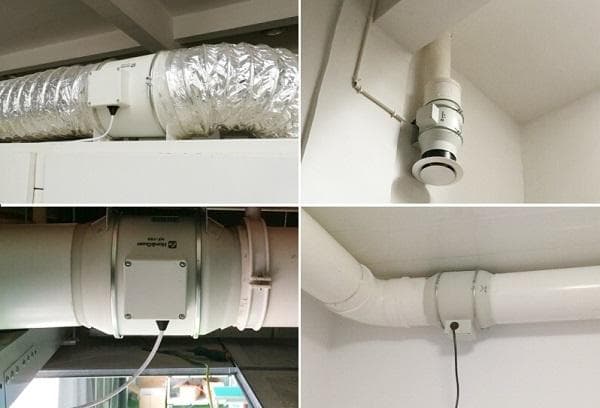
“Knowing these three tips, your hood will stop making noise”... the hood cannot know anything, it’s iron! )). Chekhov also ridiculed this illiterate phrase: “driving past the station, my hat flew off!”